If the Greenbelt Gives Way to Sprawl, Seven Headwaters Species Will Suffer
You may not know some of these magnificent species but they are our precious, fragile neighbours that cannot survive in a subdivision.
When I was a child, Brampton and Milton were small towns. Streetsville, likewise, was a small community and an entity unto itself. The Georgetown subdivision where I grew up was built on an orchard. Two apple trees survived on our property. I have fond memories of the delicious pies Mom made from their fruit. A meadow behind our house supported eastern meadowlarks, a species now designated as threatened. I loved their poignant, wistful calls. Between the meadow and my family’s yard was a small pond, alive with toad and frog song in the spring.
The meadow and the pond are long gone. Brampton and Milton are growing cities with hundreds of thousands of people. Streetsville has been subsumed by Mississauga. Progress, right? As inevitable as the rising of the sun or the turning of the autumn leaves.
In Headwaters, the beat goes on. Caledon will soon surge from about 80,000 souls to 300,000-plus by 2051. The population of other centres in Headwaters will continue to grow in the years ahead. With this impending growth, preserving the Greenbelt, for the sake of nature and agriculture, becomes ever more important.
The Ontario legislature passed the Greenbelt Act in 2005. It was a courageous and forward-looking achievement. Premier Dalton McGuinty and the Liberal government of the day acted in accordance with their better angels, giving the people of Ontario a precious gift. The Greenbelt meant that rampant sprawl would be limited, constrained, demarcated – that urban development, for the well-being of all, could not be allowed to persistently devour productive farmland and must not be allowed to continue to destroy natural ecosystems.
According to the website of the largely government-funded Greenbelt Foundation, the Greenbelt Act “permanently” protected “2 million acres of remarkably productive farmland and environmentally sensitive areas.” This statement may need revision if the current premier gets his way and some other modifier replaces “permanently.”
The recent proposal by Doug Ford and the provincial Progressive Conservative Party to remove lands from the Greenbelt is deeply troubling. Ford’s comment that the creation of the Greenbelt “was just a big scam” suggests the struggle to save the Greenbelt has just begun.
Ford has repeated, incessantly, that the province needs more homes. And he’s right, because hundreds of thousands of people are expected to arrive in the GTA in the near future, due in part to the increased immigration targets set by the federal government. But according to the Ontario Greenbelt Alliance and other environmental groups, enough land – already slated for development – exists within existing urban boundaries to handle substantial population growth.
Ford’s gambit to remove land from the Greenbelt, whether successful or not, is a shot across the bow of Greenbelt protection. Pressure to develop the Greenbelt is not likely to subside in the foreseeable future. Ford, and future politicians, will almost certainly continue to use the housing crisis to justify removing lands from the Greenbelt. Franz Hartmann of the Greenbelt Alliance says, “Without organized public pressure, I think it’s a certainty that the provincial government would continue pushing sprawl-style development on lands in the Greenbelt and other natural areas and farmland across southern Ontario.”
We’ve already built on thousands of square kilometres of GTA land, land that once hosted thriving ecosystems populated by birds, wildflowers, reptiles, amphibians, butterflies, mammals, fish and many other organisms.
I hope we have the wisdom to negotiate a future that includes thriving wildlife in the shadow of our sprawling cities. What follows are seven vignettes of Greenbelt plants and animals. These iconic species can be thought of as ambassadors for the thousands of life forms that find shelter in Greenbelt wildlands.
Let’s at least be clear-eyed about some of what we will lose should the Greenbelt be compromised.
1. Snapping Turtles
Snapping turtles evoke the dinosaurs I loved as a child. I remember the thrill of my first snapper, a tiny yearling I dug out of the mud of a local stream. Snappers are gnarly, spiky, stinky and foul-tempered, but to my reptile-besotted brain, supremely beautiful.
Given a modicum of opportunity by our rapacious species, they will gladly live in just about any permanent body of water. We’re told they serve a valuable ecosystem function in wetlands: they’re nature’s cleanup crew, scavenging carrion. True perhaps, but I’m always a little uneasy when we seek to justify a species’ value by citing what they do for us.
One of the more popular justifications involves the pollinating services of monarch butterflies. This simply isn’t true. Monarch butterflies, according to those who study them, are not particularly good at pollination. What monarchs are good at, however, is inspiring awe, firing imaginations and simply being downright gorgeous, just like snapping turtles.
Snapping turtles are found across a wide swath of Ontario, but the Greenbelt offers them the best chance of continuing to thrive in the GTA. Eroding the Greenbelt and loosening wetland protections will diminish their numbers. This loss will likely be unsustainable because these turtles, and many other reptiles and amphibians, are already under assault from punishing road mortality, a problem that, tragically, will increase with more cars and more highways in our future.
2. Luna Moths
None of us has precisely the same concept of beauty or what defines it. But there is significant agreement when it comes to sunsets, waterfalls, cherry blossoms and, I would suggest, luna moths.
Luna moths are sublime creatures. Their undulating wings are a light, almost translucent green. Long “tails” on the lower wings appear extravagant to our eyes, but apparently serve to deflect the attention of predatory bats away from the moths’ vital heads and abdomens.
These moths, by virtue of their nocturnal habits and brief adulthood, are seldom seen, even where they’re still common. But millions of people in the GTA no longer have any chance to marvel at their beauty, because lunas have been eliminated from great swaths of their former territory.
Our illuminated world has led to the luna’s demise. As city lights have cancelled the stars, they have also inhibited luna moth reproduction. One theory is that lunas evolved to orient themselves in darkness by responding to moonlight. Though the moon still rises over our cities, constellations of artificial lights, many much brighter than the moon, vie for the luna’s attention. The moths are held in thrall by these false moons, failing to mate and eventually falling to the ground dead.
Within the forests of the Niagara Escarpment and the Oak Ridges Moraine, male and female luna moths continue to liaise under the cloak of darkness. Should we lose the Greenbelt to development, lunas will disappear. Streetlights and fast-food beacons will see them off.
3. Jefferson Salamanders
The recipe for a salamander adventure in early spring is simple: a dark forest, a fishless pond and rain. Flashlights and careful footfalls are also required. The salamanders emerge from underground lairs and walk the forest floor toward their breeding ponds. The most obvious species in Headwaters is the yellow-spotted salamander. Its brilliant yellow spots make it easy to see. More cryptic are the brown or grey Jefferson salamanders. It follows that the salamander adventurer should walk carefully and scan the ground before each step.
Jefferson salamanders are endangered in Ontario but reach their greatest abundance in the Greenbelt along the Niagara Escarpment in Halton and Peel regions. Once they were certainly more widespread. Outposts exist in Mississauga and Richmond Hill, separated now by many kilometres of forbidding urban landscape.
The Greenbelt is a refuge for these amphibians. Forests and vernal pools – temporary ponds – are still found in abundance. Why temporary ponds? By drying up in the summer, these ponds deny residence to hungry fish that would otherwise feast on the salamander larvae.
If we have the wisdom to protect forests and vernal pools, Jefferson salamanders should continue to find sanctuary in the Greenbelt. So too will a strange assortment of all-female salamanders associated with the Jefferson salamanders. These evolutionary oddities are multi-genetic creatures, sharing different combinations of the genes of the Jefferson salamander and a more common species called the blue-spotted salamander. Farther south, these unisexual salamanders combine the genes of three or even four salamander species!
These bizarre animals basically clone themselves when they interact with pure-blooded Jefferson males. Though the Jefferson males stimulate the reproduction of these unisexual females, their genes are typically not expressed in the offspring. The fascinating life history of these strange salamanders first came to light in studies of specimens collected in the Greenbelt by Jim Bogart and his research partners at the University of Guelph.
The functional ecosystems of the Greenbelt, so close to many of Canada’s premier post-secondary institutions, offer great opportunities for research, another reason to ensure the Greenbelt is protected.
4. Brook Trout
Like luna moths, brook trout are creatures of transcendent beauty. Their flanks are spangled with rich warm colours: orange and yellow spots but also points of red haloed with blue. Their bellies glow with the fire of the setting sun.
Nature writer David Carroll, who studied brook trout in his native New England, had this take on their beauty: “They are radiant and light-filled, as intensely spectral as the rainbows that sunlight throws off meltwater, as softly glowing as tinted ribbons pulsed into the night sky by the northern lights.”
Brook trout habitat is healthy habitat. At one time most of the GTA fit the bill. But now a brook trout released into the warm, silt-laden streams that flow through Toronto and other urban centres would soon be dead.
Cool, clean, crystalline water is necessary for brook trout to flourish, along with streambed upwellings of groundwater that bathe their eggs in constant temperatures over winter. Trees also play a role, cooling brook trout streams with their shade and holding soil with their roots, preventing it from sullying the waters when it rains.
For food, brook trout need a thriving community of benthic (bottom-dwelling) invertebrates in their streams – larval stoneflies, mayflies and caddisflies that cling to the undersides of rocks on the streambed. Trout feed on these larval invertebrates and respond with feeding frenzies when the larvae transform into flying adults, a phenomenon known to fly fishers as a “hatch.” Like brook trout, many of these invertebrate species also need clean, cool water.
“Native trout are representative of the wildlife that is the first to be edged out of existence as natural habitats are encroached upon, altered, fragmented, or obliterated altogether,” wrote Carroll. That we still have brook trout in parts of Headwaters and in the Greenbelt is worthy of celebration. Their presence signals healthy water and healthy habitat. It will be a travesty if the current provincial government, or any government for that matter, permits existing Greenbelt streams to become versions of Toronto’s Don River, a waterway highly compromised by the polluted runoff of urban stormwater and the spread of invasive plants and fish.
Brook trout and their pristine waters merit our care and stewardship. The recent approval of a sewage plant in Erin by the Ontario Ministry of the Environment, Conservation and Parks will allow treated water to be released into the West Credit River, prime brook trout habitat. This decision has caused great concern among environmentalists because of the potential for this discharge to warm and pollute the stream. Credit Valley Conservation, an organization I respect, evaluated and signed off on the project. I truly hope they are right.
5. Flying Squirrels
Fiona Reid heard scuffling in her kitchen. Entering, she found a bundle of fur with soulful eyes staring up at her. It quickly scurried away and hid under her fridge. Fiona, author of the Peterson Field Guide to Mammals of North America, knew she was looking at a southern flying squirrel. Later that day, sunflower seeds lured the squirrel into a humane trap and Fiona set it free on her forested Niagara Escarpment property.
Two species of these gliding mammals – the northern and the southern flying squirrels – inhabit the Greenbelt. The northern is a little larger than the southern and is said to favour woodlands with plenty of conifers, where it dines on mushrooms, among other things. The southern flying squirrel is happiest in deciduous woods with plenty of nut-bearing trees, such as oaks and hickories.
Regardless of the type of forest, the presence of old, cavity-pocked trees provides these squirrels with accommodation and safe shelter to raise their families. In winter the cavities serve as communal warming centres, where several squirrels will huddle together to beat the chill.
These beguiling little creatures with their large liquid eyes are seriously cute. Those big eyes are necessary for the flying squirrels’ nocturnal lifestyle. Black and red squirrels work the day shift, flying squirrels the night shift. Travel for flying squirrels must be a blast. They use kite-like membranes stretching from their wrists to their ankles to glide 50 metres or more between trees.
A fascinating discovery was recently made by John Martin, a biologist at Northland College in Wisconsin. He shone a UV flashlight at a flying squirrel in the dark and found it fluoresced in bright pink.
It is now known that both southern and northern flying squirrels glow in ultraviolet light, though why remains a mystery. One suggestion is that it could help the squirrels communicate. Another is that the flying squirrels are mimicking the owls that hunt them. It turns out owls fluoresce in the same glowing pink! Perhaps the glowing squirrels trick the owls into thinking they’re looking at another owl, giving these mammals time to scuttle into a cavity.
The dependence of flying squirrels on forests with old trees means they are not common creatures in developed areas of the GTA. Any depletion of Greenbelt forests will harm these adorable gliders.
6. Warblers
I recently opened Cornell University’s Merlin Bird ID app in Caledon, where it registered the call of a Canada warbler. It took time to get a visual, but I finally spotted this small bird, flitting among the boughs of balsam fir and winterberry. I first recorded this uncommon warbler at the same location in the early 1980s during Ontario’s first Breeding Bird Atlas project, then 20 years later during the second atlas project. Then, halfway through the data collection phase of the third atlas, I found it again.
This is reassuring, because it shows that for at least 40 years this Caledon habitat has continued to offer the trees, shrubs and insects this species needs to survive. You don’t find Canada warblers nesting in Toronto or Mississauga or Brampton. They almost certainly did at one time, but Canada warblers and most of the other 20 or so warbler species in southern Ontario cannot abide development. Even leafy suburbs and well-treed urban parks are shunned by warblers.
For now, warblers remain part of the Greenbelt’s avian fauna, where they find the deep forests, buggy wetlands and brushy fields they need to raise their families. These habitats are gifts, not only to the warblers but also to the thousands of birders who live in the GTA. A short drive northward or to the east or west allows the growing community of birding enthusiasts to find these avian gems.
In our increasingly urbanized world, the need for these nearby nature getaways will become ever more pressing. All of us, regardless of economic status, deserve the right to experience warblers and myriad other creatures without driving for hours. If we erode the Greenbelt, we not only destroy critical warbler habitat, but also deny to urbanites opportunities to explore nature and reap the health benefits that time in nature bestows.
7. Showy Lady’s Slipper Orchids
I remember my first showy lady’s slipper sighting in Headwaters. It was a sweltering June afternoon, and after several hours of birding I was sweaty and spent. Deer flies, out for blood, orbited my head. But then … nirvana, or something approaching it. Stumbling through tangles of white cedar, I emerged into a sunlit opening to find scores of showy lady’s slipper orchids in glorious bloom.
The showy lady’s slipper is another life form that has disappeared from developed sections of the GTA but persists in pockets of wetland habitat in the Greenbelt. It is long-lived, taking roughly as long as humans to reach reproductive age. To germinate, its dust-like seeds must fall on welcoming ground – soil where certain fungi dwell. The fungi infiltrate the seeds and deliver critical nutrients to enable growth, a relationship sustained throughout the life of the orchids. Remove lady’s slippers from their pristine habitat and they will likely die, deprived of their mycological partners.
Humans have a track record of draining the wetlands that lady’s slippers and so many other plants and animals need, but thankfully, for now, Greenbelt bogs, swamps and marshes enjoy protection.
The built landscape in the GTA now sprawls across vast tracts in Halton, Peel, York, Durham and, of course, Toronto. We need to ask whether our future is best served by expanding this urban footprint into the Greenbelt and, in so doing, paving over farmland and natural space. For those guided by the dictum “business as usual,” the prospect of opening Greenbelt lands to development must be enticing.
For others though, the Greenbelt offers the opportunity to pursue a hopeful alternative future. With the Greenbelt Act, the McGuinty government anticipated the pressures the GTA would exert on farmland, forest and wetlands. Those of us who question the wisdom of perpetual growth, who value farmland and nearby nature, must ensure the Greenbelt is, indeed, “permanently” protected.
Related Stories
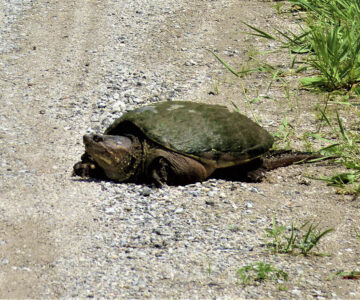
Our Ever Heavier Urban Footprint
Feb 27, 2023 | | Notes from the WildAs development continues unabated, our growing population and urban footprint will inevitably diminish biodiversity.

Why Highway 413 is a Bad Idea
Mar 29, 2022 | | EnvironmentThe “zombie” highway will hurt the environment, fail to solve the problems it aims to address – and there are better ideas to explore.
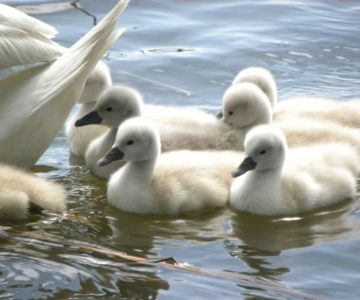
Conservation Authorities v. Doug Ford
Mar 31, 2021 | | EnvironmentThe provincial government is stripping Ontario’s conservation authorities of the very meaning of their name – and key protections for the environment.
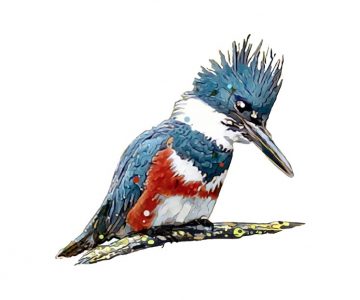
River World
Sep 16, 2019 | | EnvironmentThe Credit, the Humber, the Grand and the Nottawasaga rivers are home to a lively community of creatures that form a complex, interdependent web of life.

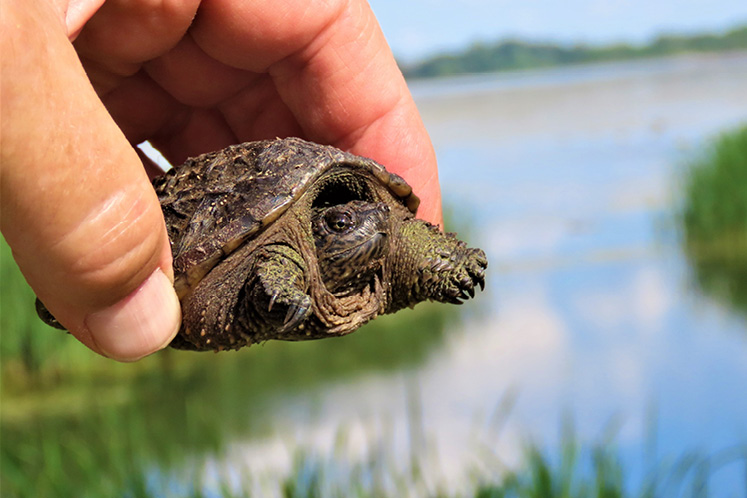
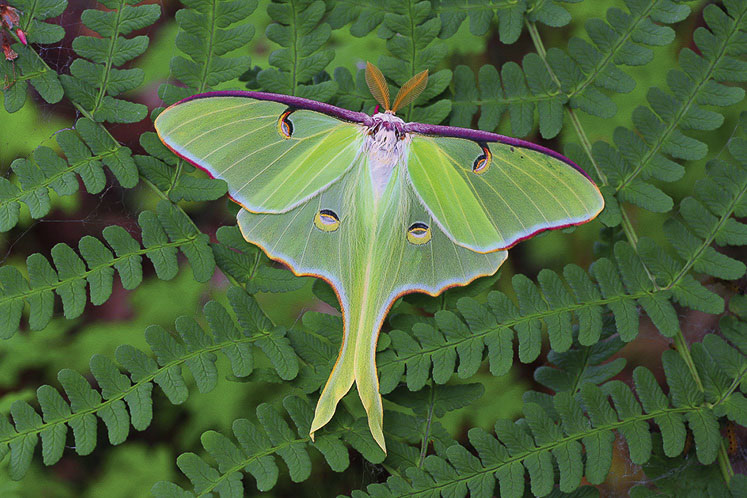
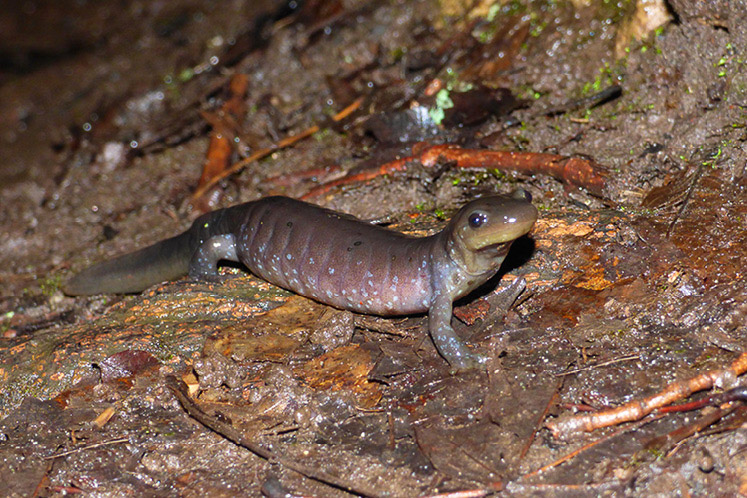
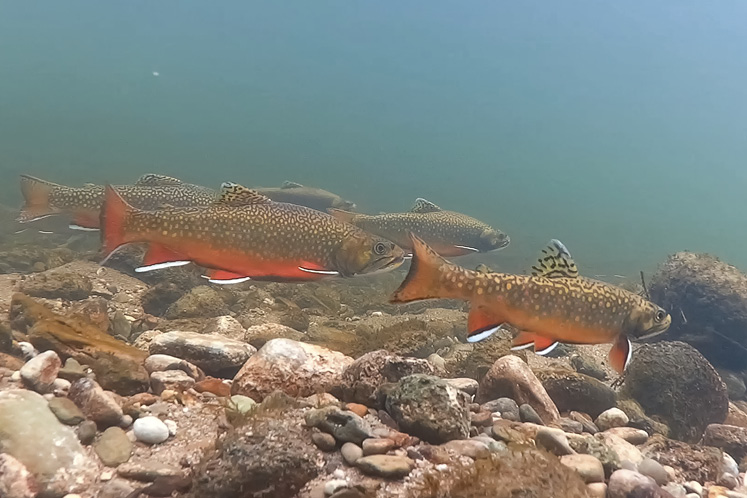


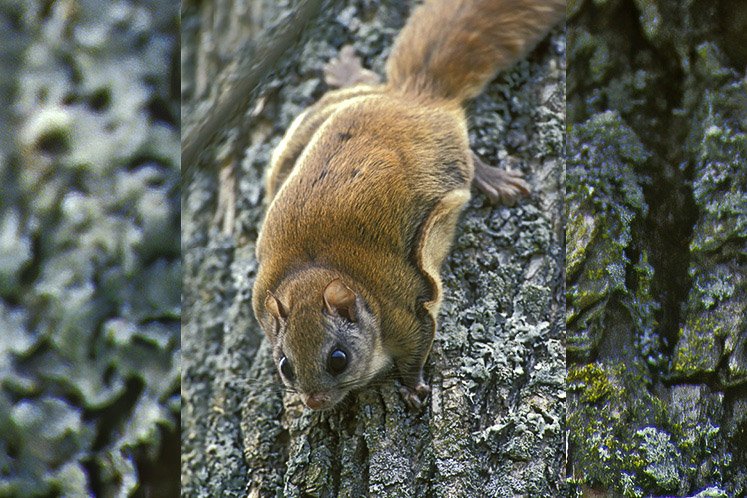
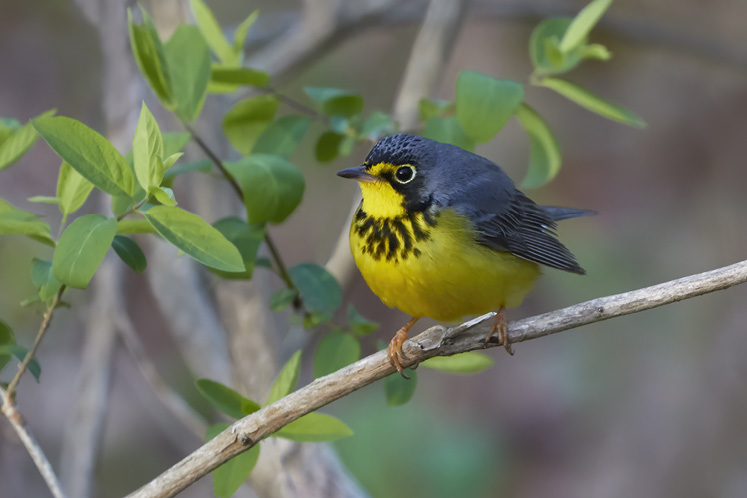
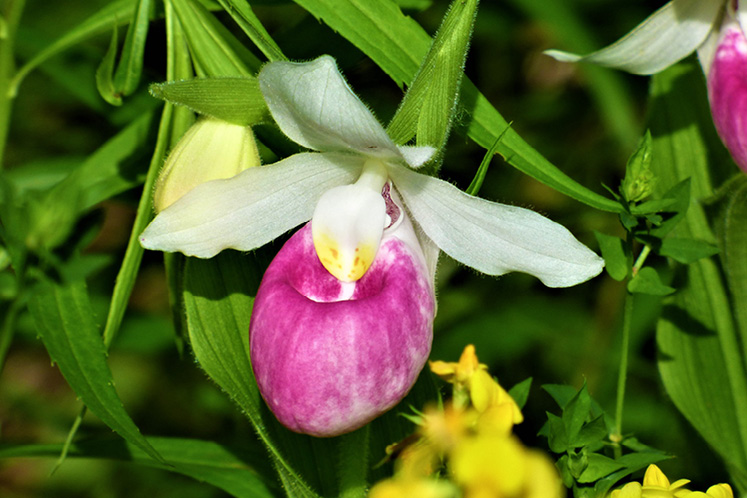





The ford government wants to do exactly what he said he would not do. STOP 413, OR NO CONSERVATIVE GOVERNMENT NEXT TIMER
Peter Godwin from Orangeville Ontario Canada on Sep 20, 2023 at 2:56 pm |